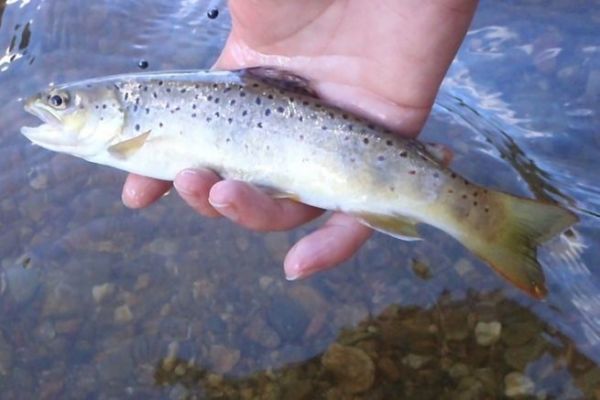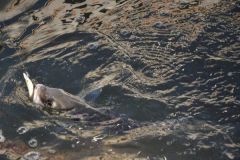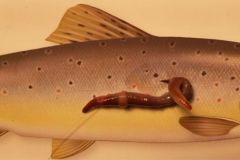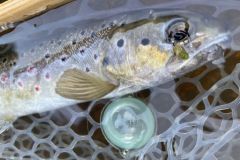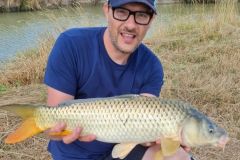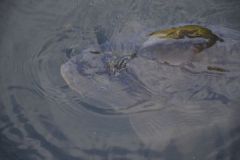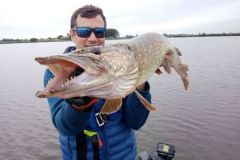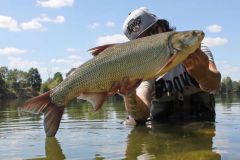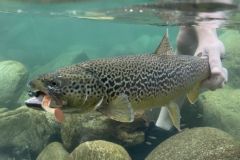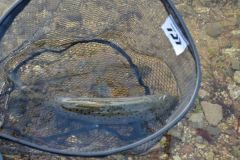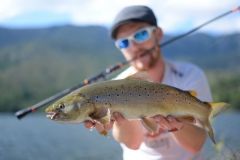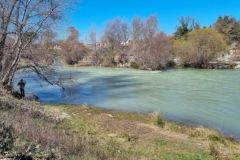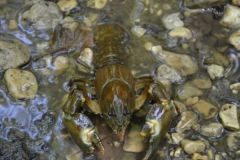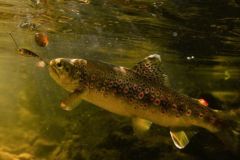Choosing the right bait for the water
In the large family of worms, we distinguish between the earthworms commonly called blackheads and the smaller worms such as bank worms. The latter offer a smaller bite size, but have a potential to capture trout in clear water which is far from negligible.
Mounted in pairs, they provide a high degree of mobility in the water which is very pleasing and will convince the beautiful trout to take them. The big worms need to be mounted on bigger hooks to avoid unhooking the fish at the touch. These worms are best used when the water is high and tinted.
The moths are easy to use and especially easy to store, as they can live for up to three weeks when placed in the bottom of the refrigerator. They are available at our retailers in different colors. When properly assembled, they provide a natural and perfect presentation. Baited singly or in pairs, the presentation will be more voluminous in turbid waters which is useful when trout have difficulty locating their food.
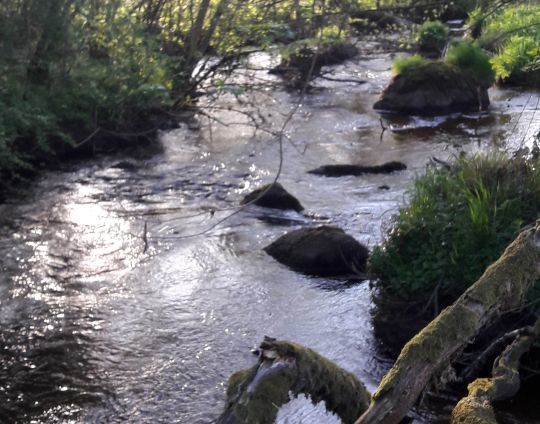
The little extra
When you collect worms in your garden a few days before going to tease the trout, it is preferable to let them disgorge in fresh potting soil or moss mixed with coffee grounds and newspaper cut in small pieces so that they evacuate the greasy soil they have ingested. This operation also serves to harden them and to give them a redder color which will make the difference on difficult trout. These worms will keep in this wet mixture for weeks or months.
Mounts for worm fishing
For this rig, we use a 16 or 18/100 leader with a blue, single, upside down, number 6 paddle hook and a tapered sinker. The first weights will be located at approximately 10 cm from the bait.
You can bait your worm with a needle. In the case of fishing with two worms, prick this directly which will make them more attractive, because they will be more mobile. It is important at the beginning of the season to give the trout time to appreciate your presentations before changing positions, especially since the water is cold at the beginning of the season.
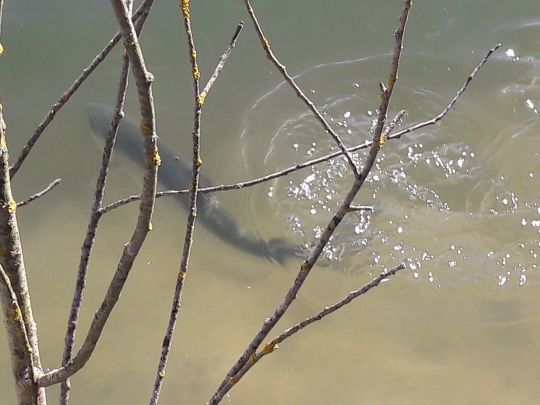
The mounts for fishing for moths
The necessary equipment remains simple, a fine tin hook, straight and with a number 8 paddle, a leader in 16/100, a sinker and obviously fresh teignes.
The tip of the hook should be well out of the bait so as not to miss the fish when you touch it. If you use two lines, it is preferable to lead slightly more and to take care to escherch them in the same axis so that they avoid turning in the current, which will make twist your wire.
This rig is designed for fast fishing, which consists in hooking at the slightest touch or as soon as the leader stops while drifting in the current. It is a technique full of subtlety which ensures to hook beautiful fish as soon as the water opens if the water gives enough current. It is advisable to give the line a natural line. It is necessary to insist on the hollow parts and behind the rocks where the most beautiful trout are.

 /
/ 